Benefits of Haridra, dosage, side effects, and how to use?
What is Haridra? Unearthed from the depths of Ayurveda, Haridra, also known as Turmeric has amazed generations with its potent …
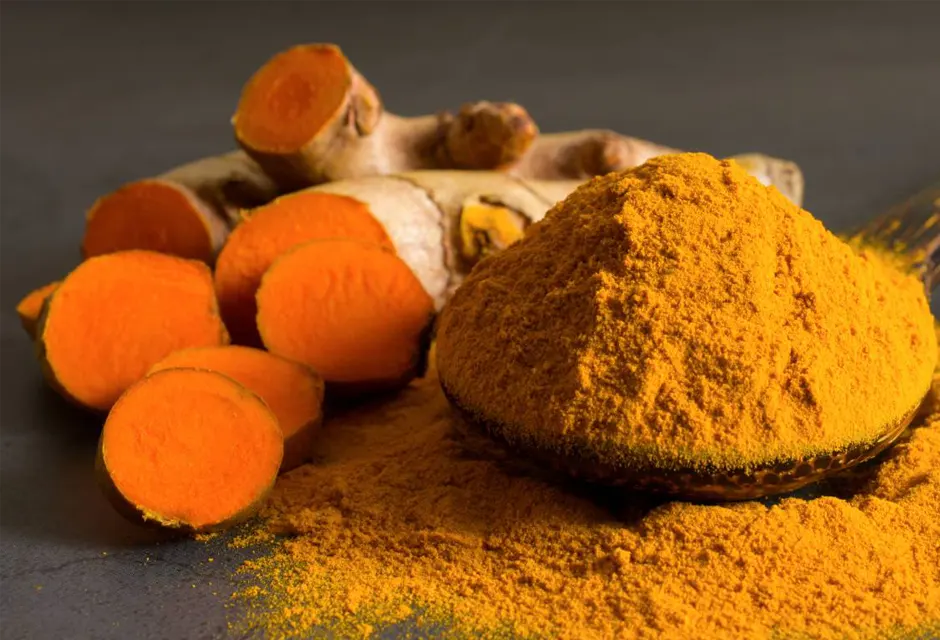
What is Haridra?
Unearthed from the depths of Ayurveda, Haridra, also known as Turmeric has amazed generations with its potent healing properties with many benefits o haridra. This vibrant yellow spice, often found in our kitchen cabinets, holds a rich history of therapeutic use that dates back thousands of years. From boosting immunity to reducing inflammation, Haridra has been hailed as a powerful home remedy that transcends time and culture. In this ultimate guide, we will delve into the ancient power of Haridra.
Haridra in Ayurveda
In Ayurvedic literature it is one of the most commonly used herbs (both internally and externally). Acharya Sushruta used it for Pittaja and Kaphaja prameha (Su.Chi.6). Acharya Vaghbhatta mentioned it as Agrya(best) for Prameha. Presently it is considered an important antidiabetic and anti-oxidant drug. Also, research is going on its anti-cancerous properties. This shows that there are numerous benefits of haridra with multiple properties.
In Vedic literature haridra is extensively mentioned as there are numerous benefits of haridra, Sanaya mentioned it as Medhya when used with honey and ghee. It is mentioned in many vedic literature for skin problems and cosmetic purposes. It was also used in Hrdroga and Kamala for external use as Udvartana. Kaushika sutra mentioned haridra as an Antidote for snake venom.
Type of Haridra
Acharya Bhavmishra mentioned four varieties,
- Haridra
- Amragandhi haridra
- Vana haridra
- Daru haridra
Synonyms
Rajani, Nisha, Nishi, Ratri, Kshnada, Dosha, Kanchni, Krimighni, Yoshitpriya, Hattavilasini, Pitta, Varavarnini, Gouri
Classical Categorization
Charak:Lekhaniya, Kusthaghna, Kandughna, Krimighna, Shirovirechana
Sushruta:Haridradi, Mustadi, Shleshmsamshamana
Vaghbhatta:Haridradi, Mustadi
Other/Regional Language Names
- English:Turmeric
- Gujarati:Haldar
- Hindi:Haldi, Hardi
- Kannada:Arishina
- Kashmiri:Ledar, Ladhir
- Malayalam:Manjal
- Marathi:Halad
- Oriya:Haladi
- Punjabi:Haldi, Haldar
- Tamil:Manjal
- Telugu:Pasupu
- Urdu:Haldi
- Assamese:Haldhi, Haladhi
- Bengali:Halud, Haldi
Constituents
Essential oil and a coloring matter (curcumin), Vit A
Rasa Panchak
- Rasa:Tikta, Katu
- Guna:Ruksha
- Virya:Ushna
- Vipaka:Katu
- Karma:Kaphapittanut, Vishaghna, Varnya, Kushthaghna, Krimighna
References in Ayurvedic texts
हरिद्रा स्वरसे तिक्ता रूक्षोष्णा विषमेहनुत् । कण्डूकुष्ठव्रणान्हन्ति देहवर्णविधायनी ॥ विशोधनी कृमिहरा पीनसारुचिनाशिनी। (घ० नि०, गुडूच्यादिवर्ग; 553) हरिद्रा काञ्चनी पीता निशाऽऽख्या वरवर्णिनी । कृमिघ्नी हल्दी योषित्प्रिया हट्टविलासिनी ॥ हरिद्रा कटुका तिक्ता रुक्षोष्णा कफपित्तनुत् । वर्ण्या त्वग्दोषमेहास्त्रशोथपाण्डव्रणापहा ॥ (भा०प्र०, हरितक्यादिवर्ग 86-187)
What are Benefits of Haridra?
- Vishavikara
- Kushtha
- Vrana
- Tvagroga
- Prameha
- Pandu
- Shitapitta
- Pinasa
- Kasa
- Asthibhagna
What is use of Haridra in texts?
- Krumighni- treat worms
- Varnya- improve complexion
- Twakdosh- treat skin disease
- Prameh- diabetes
- Soth- swelling
- Vran- wound healing
- Pandu- Anemia
- Raktadosh- treat blood disorder
- Haridra and Rakta chandan are made into paste with buffalo milk and applied externally in Vyanga. (R.R.S.)
- Haridra is taken with jiggery and Gomutra in Slipada and Dadru kustha. (V.M. & B.P.)
- Haridra and Daruharidra kashaya is made for Pisthameha. (Su.Chi.11)
How much is Dose?
1-3 g of the drug in powder form.
Svaras -10-20ml
What are the Useful Part?
Kanda (Rhizome)
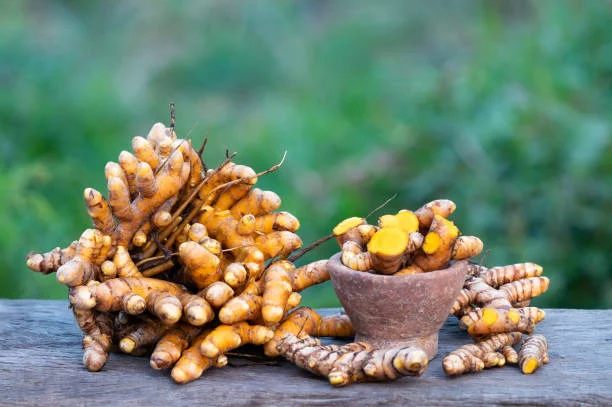
What are the side effects of Haridra?
- Yellowish discoloration of the skin and mucous membrane.
- Increased heat in the body.
- Extreme yellow urine and increased urination.
- High Blood Sugar.
- Diarrhoea
- Upset stomach
- Side effects are of taking the drug in high doses, under the guidance of qualified vaidya, or in appropriate doses it is safe to consume.
Additional information
List of formulations
- Haridra khanda
- Vrana Shodhan tailam
- Nisamlaki
- Haridradidhumavarti
Morphology -Kshup (Plant)
Research
- Benefits of Haridra
- Sodium curcuminate stimulated bile flow by acting as a hydrocholagogue. Despite a decrease in the concentration of solids in the bile, the total amounts of solids excreted during the entire period of activity of the drug were found to increase. Curcumin seemed to combine the choleretic and hydrocholagogic action with antiseptic properties and thus would be an ideal therapeutic agent in conditions of the biliary systems and gall bladder to suppress staphylococcal infection. The drug had low toxicity (Ramprasad &Sirsi, 1956, 1957a).
- Curcuma powder has been found to increase appreciably the mucin content of gastric juice in rabbits and thus may be useful in gastric disorders (Mukherjee et al., 1961).
- It was found that the antibacterial activity of C. longa against gram-positive and gram-negative organisms was lesser in degree as compared to penicillin and streptomycin (Basu, 1971).
- Fresh extract of C. longa was found to possess considerable inhibitory action on contraction induced by acetylcholine, histamine, and barium chloride on isolated guineapig ileum, rabbit intestine, and rat uterus (Sinha et al., 1970). (5) The alcoholic and etheralextacts showed hypocholes- erolenic effect (Pachauri & Mukherjee, 1970).
- The PE, alcoholic, and aqueous extracts of rhizome showed 30%, 60%, and 100% antifertility activity in albino rats at a dose of 100 mg/kg body weight respectively (Garg, 1971).
- Curcumin, inhibited carragunin- induced oedema in rats and mice. The regression line in both cases paralleled that of cortisone but not of phenyl butazone. It also inhibited formalin-induced acute edema in mice and subacute arthritis in rats Curcumin inhibited pellet-induced granuloma formation in rats (Srimal et al., 1971).
- The PE extract and two of its fractions i.e., A (viscous oil) and B (crystalline solid) were found to have significant anti-inflammatory activity in rats which was compared favorably with hydrocartisone acetate and phenylbutazone. Both fractions reduced the histamine content of the rat skin to about 50% of the control values, whereas hydrocortisone acetate decreased the histamine content to 58% in the controls. Both fractions reduced the SGOT & SGPT levels in formalin-induced arthritic rats. The extract did not show any significant toxic effects (Arora et al., 1970, 1971).
- Curcumin (7.5 mg/kg) caused a sharp but transient fall of BP which was not blocked by atropine, anti-histamines, or 8-blockers. On the isolated heart of guineapig, curcumin revealed i depressant effect (Sinha et al., 1972).
- Its anti-inflammatory activity is investigated concerning the inhibition of activated proteases responsible for acute inflammatory processes. The volatile oil of the plant was found to inhibit trypsin as well as hyaluronidase enzymes (Tripathi et al., 1973).
- A clinical trial with C. longa was conducted in 114 patients with respiratory diseases (71 cases of bronchitis, 13 cases of bronchiectasis, 18 cases of bronchial asthma, and 12 cases of tropical eosinophilia). The drug was administered in gradually increasing doses from 4-32 g daily for 15-45 days Significant improvement in signs and symptoms was observed (Shankar, 1974).
- The volatile oil given orally (0.01 ml/kg) was compared with cortisone acetate (10 mg/kg) against adjuvant arthritis in the primary swelling on the 3rd day of the injection of adjuvant rats. The drug was found to have a significant effect in suppressing as also the secondary swelling which appeared on the 13th day (Chandra & Gupta, 1972).
- The anti-inflammatory effect of volatile oil is greater than that of hydrocortisone (Katare, 1974.)
- Three curcuminoids (curcumin I, II, III) were compared for their cytotoxic, tumor-reducing, and anti-oxidant activities. Curcumin III was found to be more active than the other two in short-term cytotoxic activity but inhibited the growth of tumor cells (L929) in the culture at similar concentrations (IC 50-1 micro gm/ ml). The curcuminoids also inhibited lipid peroxidation. The amount needed for 50% inhibition was 20, 14, and 11 microg/ml for curcumin I, II & III respectively (Anto R.J. et al., 1992).
- Hypolipidaemic activity of C. longa (50% ethanol) extract was studied in hyperlipidaemic rabbits. The increased cholesterol levels were brought to normal by the administration of C. longa. Similarly, phospholipids and triglyceride levels were also reduced (Purohit &Daradka, 1999).
- Oral administration of curcumin to rats caused a significant reversal in lipid peroxidation, and brain lipids and produced enhancement of glutathione, a non-enzymatic anti-oxidant in ethanol-intoxicated rats, revealing the anti-oxidative and hypolipidaemic action of curcumin responsible for its protective role against ethanol-induced brain injury (Rajakrishnan et al., 1999).
Conclusion
Haridra is a highly potent Ayurvedic spice that contains a wealth of beneficial properties. These include boosting immunity, boosting the metabolism, and promoting healthy digestion. It is used for treating a range of common ailments including cough, colds, sore throats, and inflammation. In this guide, we took a closer look at how to use Haridra and its diverse applications
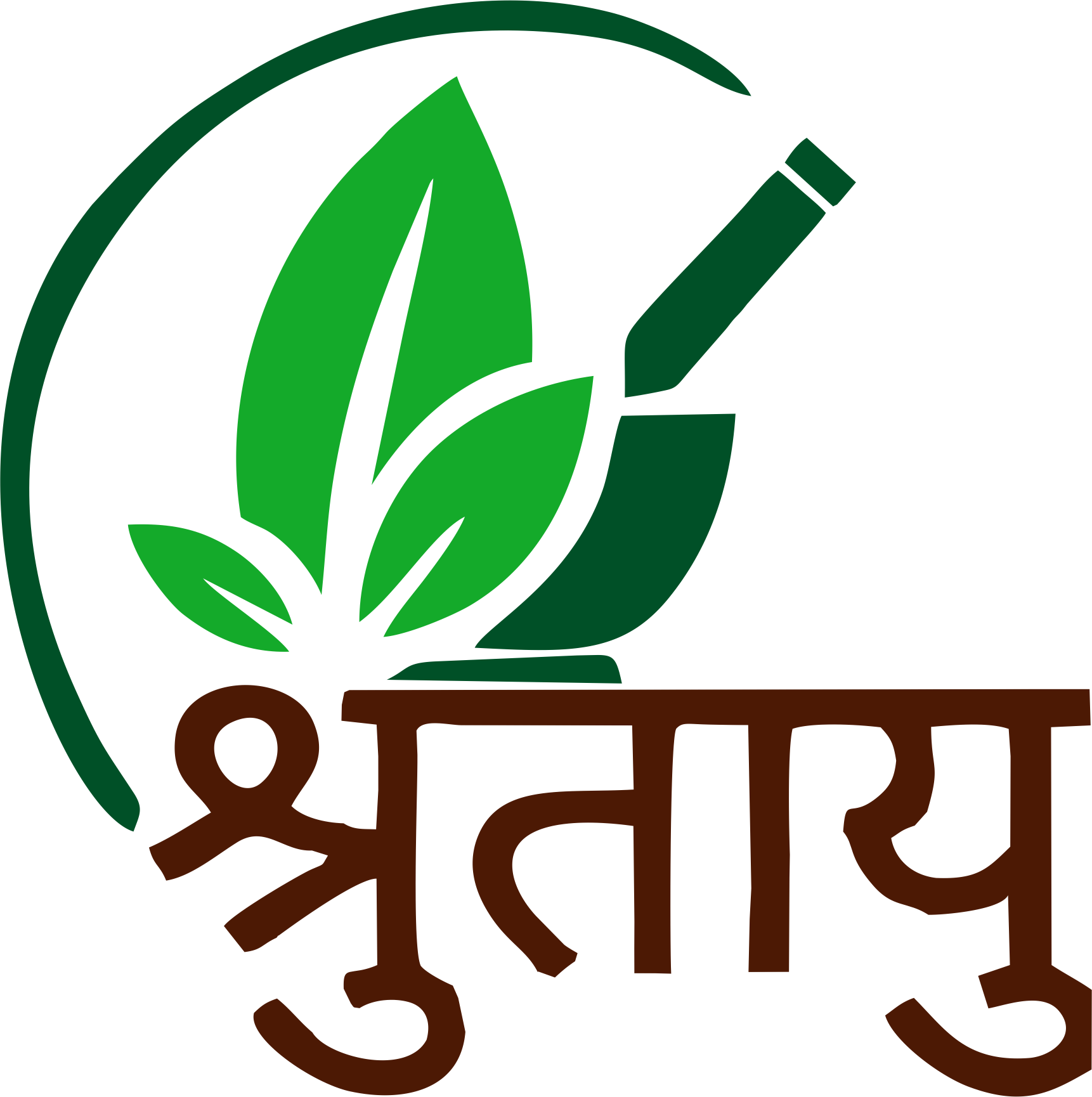
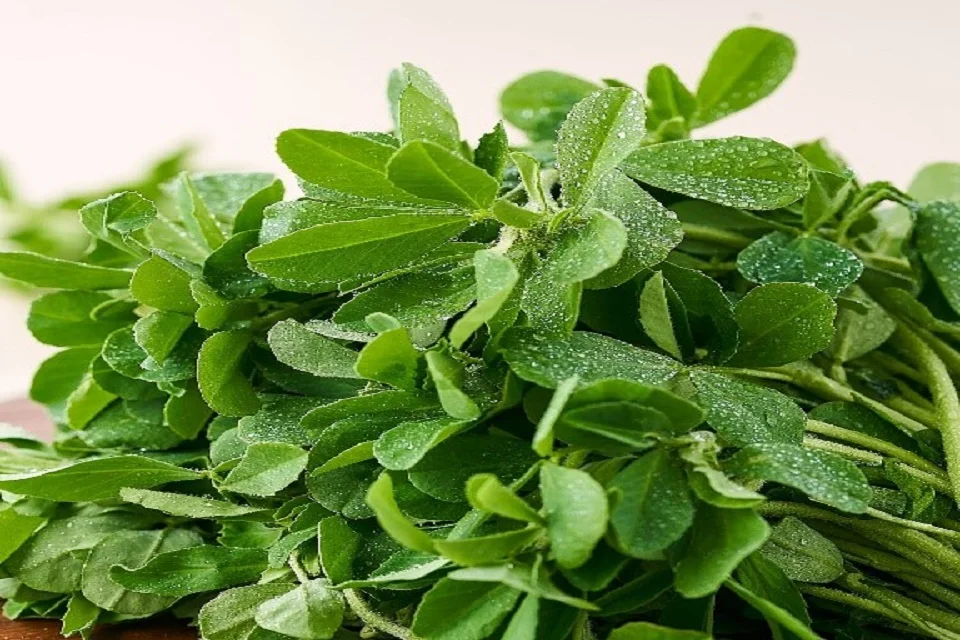


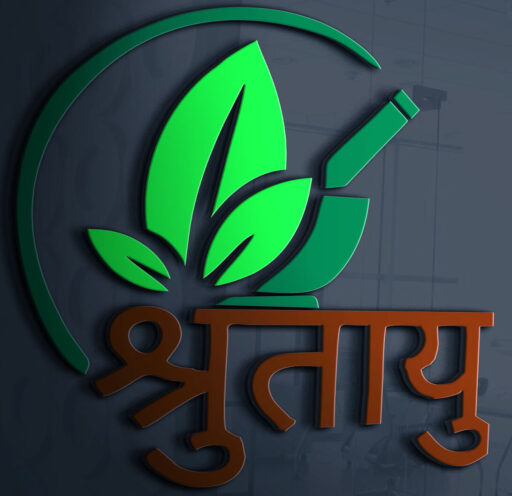

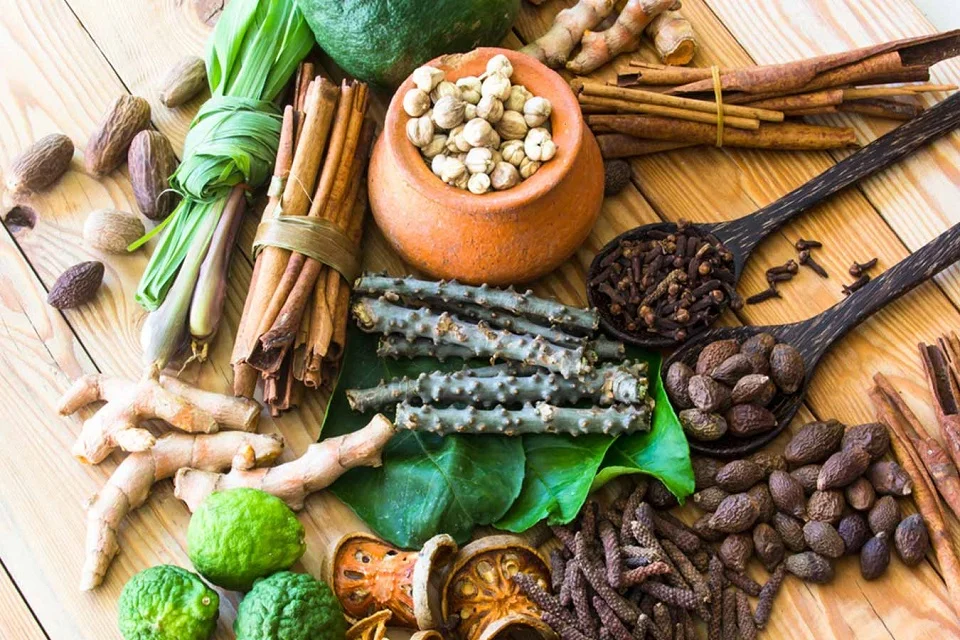
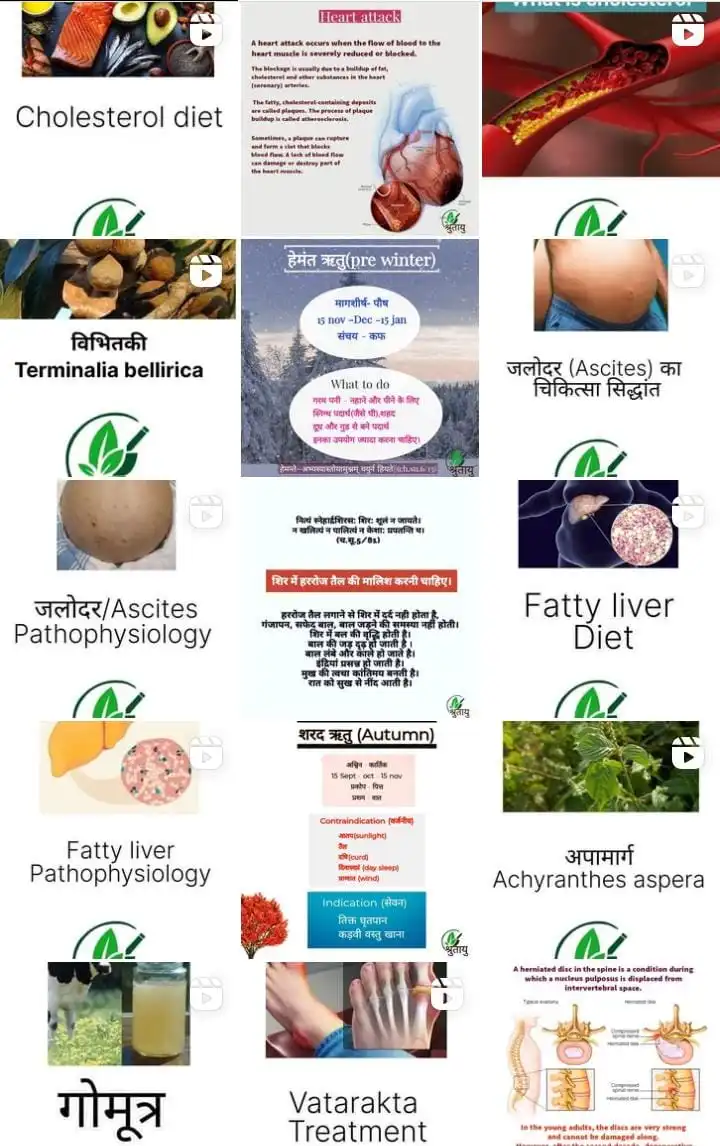
[…] Haridra(Curcuma longa) The alcoholic and ethereal extract showed a hypocholesterolemic effect (panchauri and Mukherjee, 1970) Oral administration of curcumin to rats caused a significant reversal in lipid peroxidation, and brain lipids and produced enhancement of glutathione, a non-enzymatic anti-oxidant in ethanol-intoxicated rats, revealing the anti-oxidative and hypolipidaemic action of curcumin responsible for its protective role against ethanol-induced brain injury (Rajakrishnan et al.,1999). […]
[…] formulation that finds its roots in the ancient Ayurvedic texts. It is primarily made from Haridra (turmeric) , a spice that has long been revered for its therapeutic properties. Turmeric is a golden-hued […]